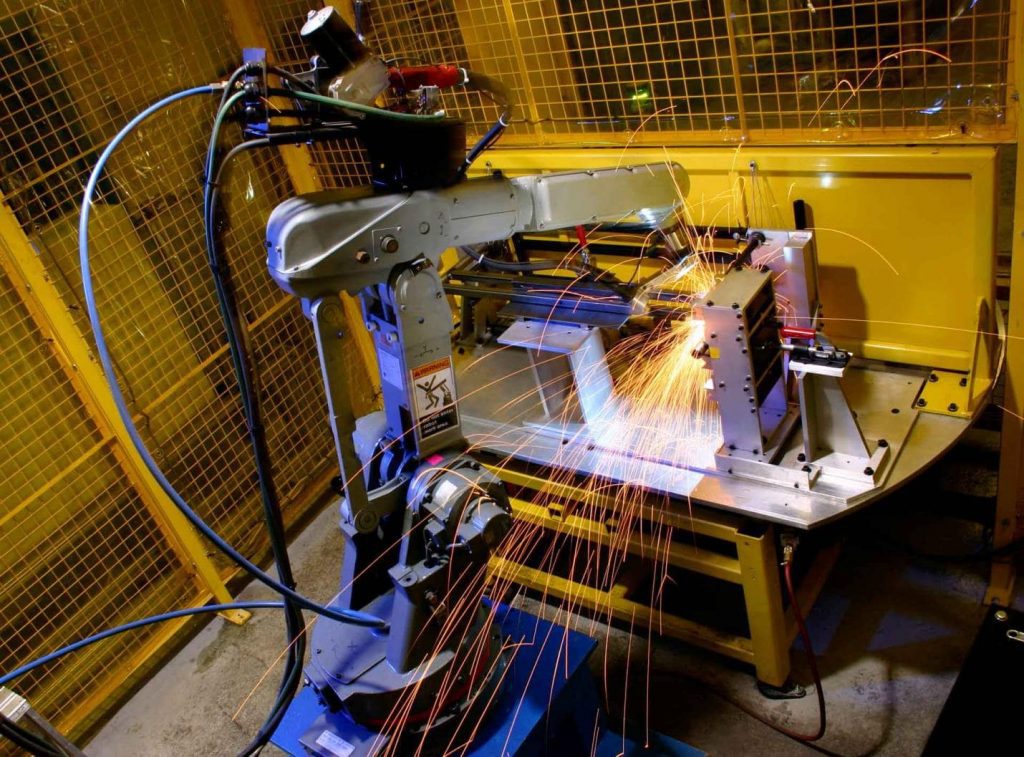With the rapid advancement in technology and science in today’s world, no sector of the economy or education remains unaffected by the advancement. The Covid-19 pandemic that plays the significant highlights in the year 2020 and 2021 has had a profound impact on education globally. And has forced governments to adopt a different education plan and involve technology in a somewhat deeper manner. Technological advancement has thus been a significant accompanying of education in 2021. Welding processes and education, too, could not resist this technological advancement. Welding processes have advanced to a magnificent level, and welding schools. And their welder classes need to adapt to these changing standards to let their students develop skills that the modern 2021 market needs.
The most basic welding definition is joining metal parts together by using intense heat produced by electric arcs. Several industries and professions require welding. Organizations like NASA employ workers for constructing their spacecraft! Welding is not just about construction workers who fabricate and toil hard, wearing eye protection and joining metal parts.
 Learning advanced welding processes and technology in 2021 can be way too advantageous for students who wish to make a mark in the industry. These advanced welding processes are applied in extraordinary careers and fantastic financial satisfaction. Let’s have a look at these thundering welding processes:
Learning advanced welding processes and technology in 2021 can be way too advantageous for students who wish to make a mark in the industry. These advanced welding processes are applied in extraordinary careers and fantastic financial satisfaction. Let’s have a look at these thundering welding processes:
 Many welder classes across the globe specialize in different types of advanced welding processes. Their educators try their personal best to ensure that they do not face any glitches while understanding such advanced welding techniques and processes. These welding schools provide the necessary welding certification to their graduates within a short period and at affordable rates. Such trade schools for welding are:
Many welder classes across the globe specialize in different types of advanced welding processes. Their educators try their personal best to ensure that they do not face any glitches while understanding such advanced welding techniques and processes. These welding schools provide the necessary welding certification to their graduates within a short period and at affordable rates. Such trade schools for welding are:
Philadelphia Technician Training Institute is a welding school that provides 26 weeks long welder training. This ensures the inculcation of the required skills in the graduates, which are needed amidst the increasing demand for expert and qualified welders. At PTTI, students are provided with hands-on technical and Virtual Reality training. This trade school deals with Tri-State welding, Fabrication, and metal Joining companies looking for qualified welders.
It offers:
Welding processes have advanced to a fantastic level in 2021. It is inevitable that students interested in taking up this career learn these processes to meet the growing industry’s demands and growing standards.
Once they learn these advanced processes, they can be sure of their work being refined and accessible. Increasing their work efficiency and the demand for their work in the industry. For being an expert at these advanced training processes, the students must join welder classes. Enroll in welder training and become an expert at certified welding.
Read More:
Don't miss PTTI's welding training!Discover Program

Don't miss out on the training at PTTI's welding program.
